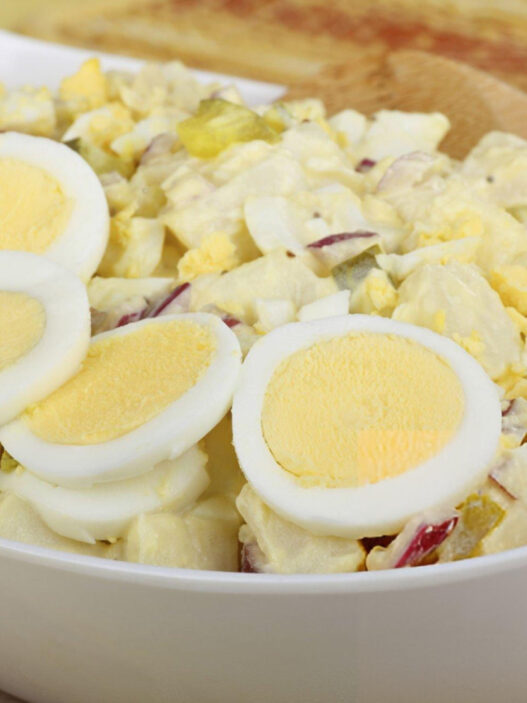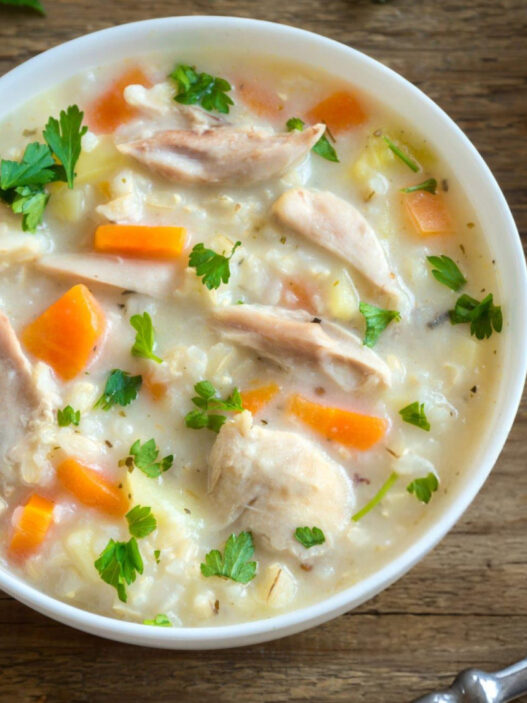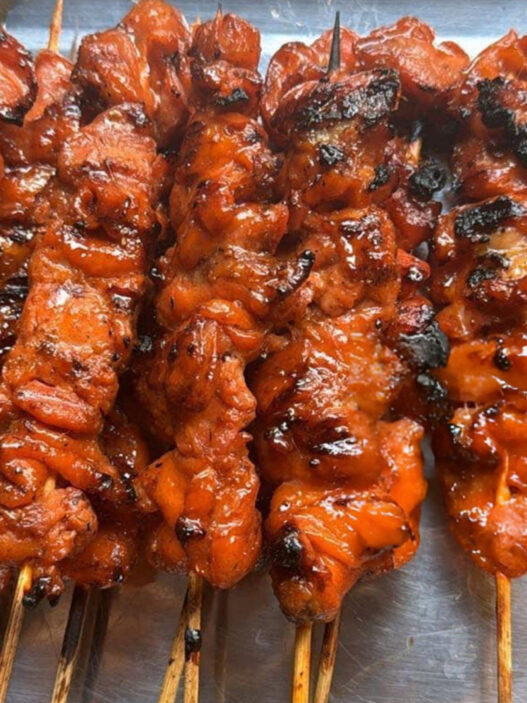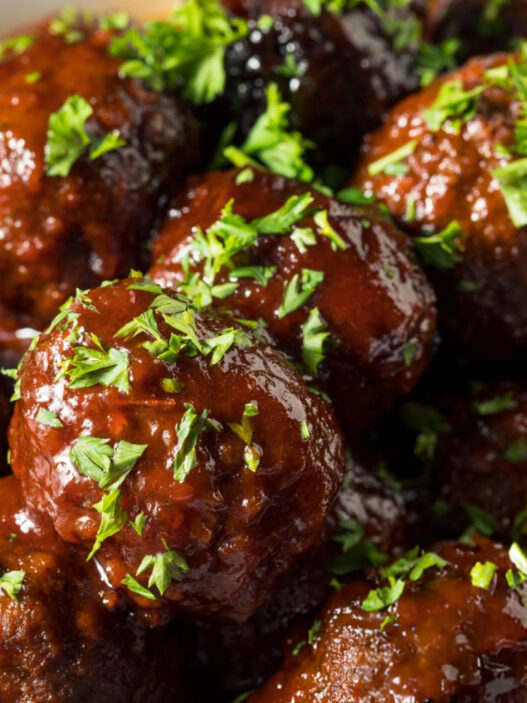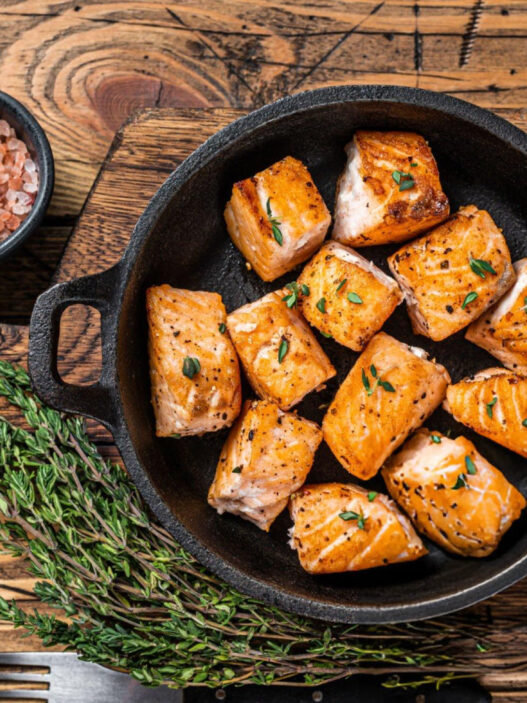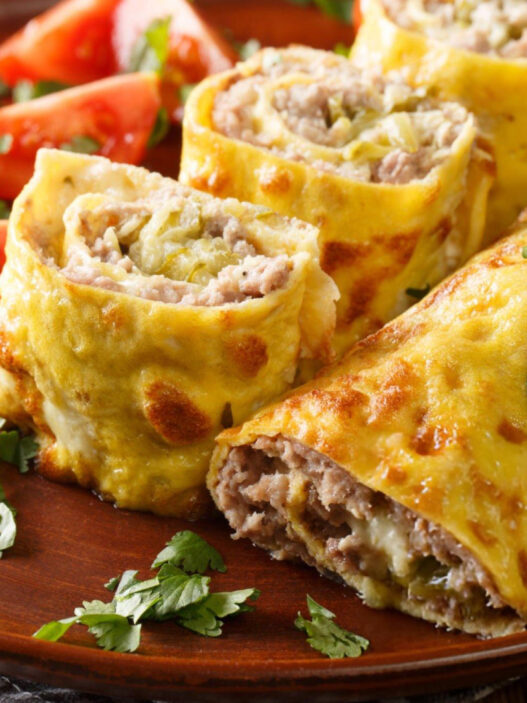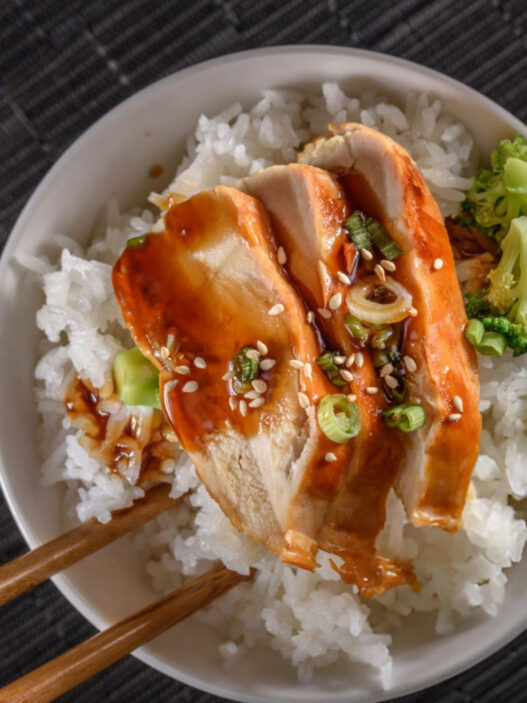Simple, honest, and deeply comforting, Irish Brown Bread is a rustic loaf that brings warmth to every kitchen. With a hearty crumb and a golden crust, it’s the kind of everyday bread that feels just right — whether you’re slicing it fresh out of the oven or toasting it the next morning.
This no-fuss recipe comes together in a single bowl, with familiar ingredients that yield a nourishing loaf perfect for pairing with sweet or savory spreads. It’s the ideal companion to a home-cooked meal or a quiet cup of tea.
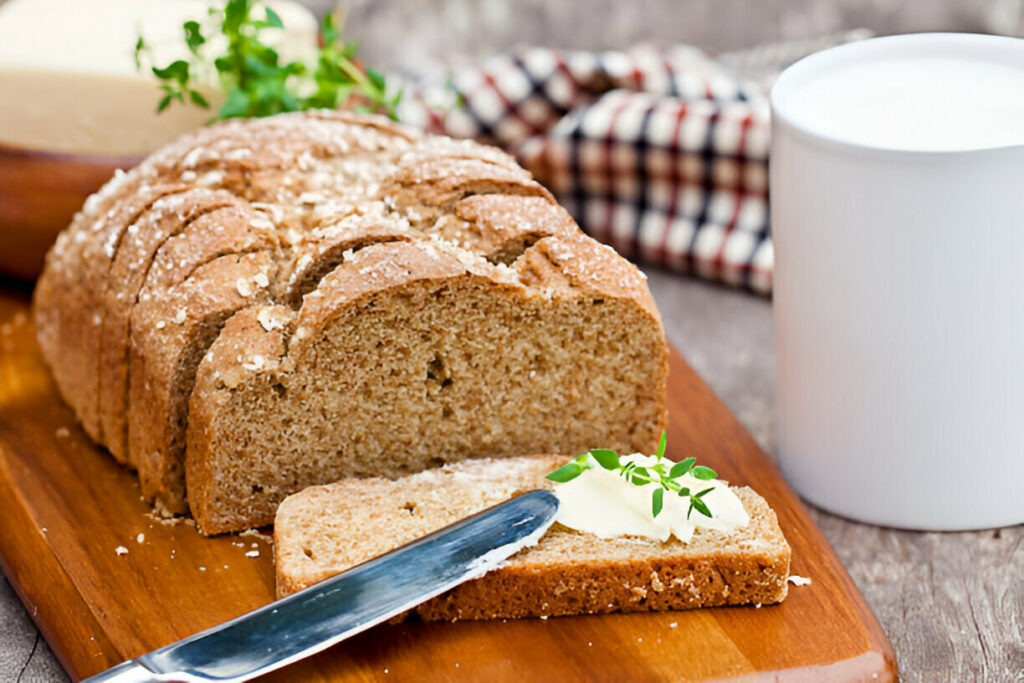
Ingredient Breakdown
The combination of whole wheat flour and all-purpose flour creates a loaf with both depth and softness. The whole wheat provides a nutty, robust texture, while the all-purpose flour keeps the crumb light and tender, balancing heartiness with sliceability.
Cold cubes of butter are essential for building structure. As the butter melts during baking, it creates little air pockets that keep the bread from becoming dense, adding subtle richness to every bite.
Buttermilk and egg form the moisture backbone of this bread. The acidity of buttermilk works with baking soda to give the loaf a gentle rise, while the egg adds richness and helps bind the dough for a smooth, unified texture.
Baking soda provides the leavening, activated by the buttermilk’s tangy acidity. A teaspoon of salt ensures balance, and just a bit of sugar lends depth without turning the bread sweet — it simply enhances the grain’s natural flavor.
Step-by-Step Preparation Guide
Begin by preheating the oven to 425°F. You can choose to use a well-greased cast-iron skillet for a traditional, crustier base or line a baking sheet with parchment paper for a gentler bake and easier cleanup.
In a large bowl, combine both flours, sugar, baking soda, and salt. Add the cubes of cold butter and use your fingertips to rub them into the dry ingredients until the mixture resembles coarse, grainy crumbs with irregular pieces throughout. This rustic texture gives the bread its signature character.
In a separate bowl, whisk together the buttermilk and egg until smooth. Create a well in the dry mixture and pour the wet ingredients into the center. Stir from the middle outward using a wooden spoon, gradually bringing the dough together until it’s too stiff to mix further.
Transfer the shaggy dough to a lightly floured surface. With floured hands, gently knead the dough into a loose ball — just enough to bring everything together. Avoid overworking it; a light hand here ensures a soft crumb once baked.
Place the shaped dough into your prepared skillet or onto the baking sheet. Use a very sharp knife to score a cross about ½ inch deep across the top — this helps the loaf bake evenly and gives it its classic look.
Bake at 425°F for 15 minutes to give the crust a strong start, then lower the temperature to 400°F and continue baking for another 30 to 35 minutes. The bread is done when the outside is golden and the bottom sounds hollow when tapped.
Let it cool for at least 5 to 10 minutes in the pan, then transfer to a wire rack. Slice and serve warm, at room temperature, or toasted with your favorite toppings.
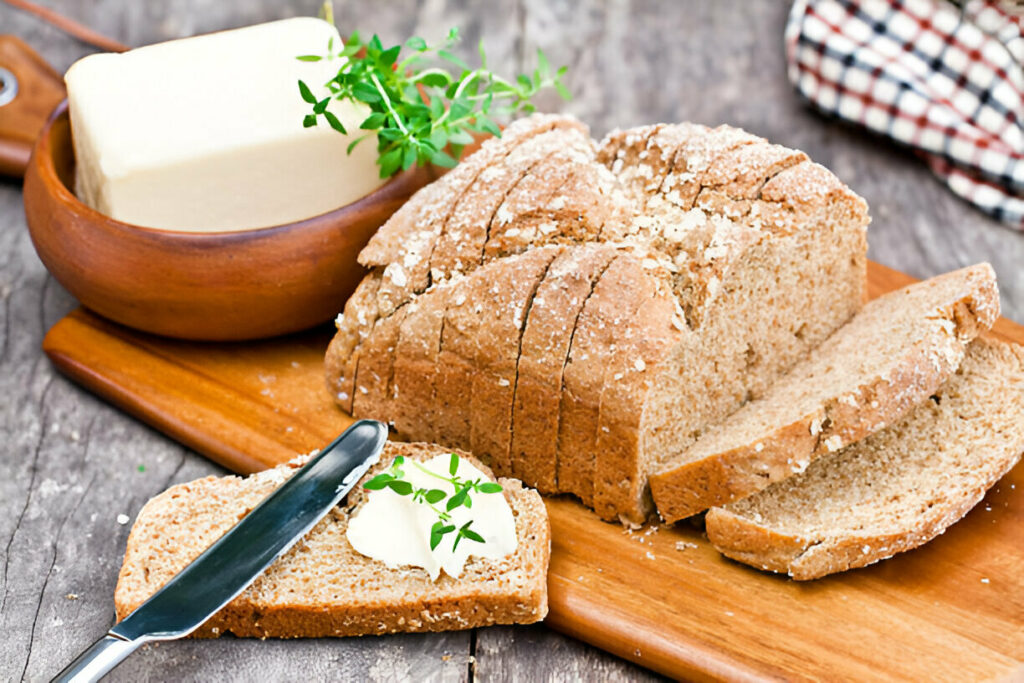
Recipe Tips & Frequently Asked Questions
How to avoid a tough or dense loaf by limiting kneading:
Handle the dough just enough to bring it together. Overworking it can lead to a dry, compact crumb.
Keeping the butter cold for a flakier crumb:
Cut butter into small cubes and work quickly. If your kitchen is warm, chill the dough briefly before baking.
What to do if the dough feels too dry or too sticky:
Add a splash of buttermilk if it’s crumbly, or a dusting of flour if overly wet. The dough should feel moist but manageable.
Using parchment vs. greased skillet for different crust textures:
A greased skillet yields a darker, crisper base; parchment-lined sheets result in a more evenly baked crust.
How to know when the bread is fully baked:
Tap the base — a hollow sound signals doneness. You can also check for an internal temperature of around 200°F.
Can I use only whole wheat flour or only all-purpose flour?
Yes, but expect different results. All whole wheat will be denser; all-purpose will be lighter and less nutty.
What can I use instead of buttermilk?
Mix 1 tablespoon lemon juice or vinegar with 1 2/3 cups milk and let it sit for 5–10 minutes.
How should I store leftovers and for how long?
Wrap in foil or an airtight container at room temperature for up to 3 days. Toast slices to refresh.
Can I freeze the baked bread or unbaked dough?
Yes. Freeze slices or the whole loaf wrapped tightly. Thaw at room temp and toast before serving.
What to Serve With This Recipe
Serve thick, warm slices with a generous smear of butter and your favorite jam for a classic Irish breakfast treat. The slightly nutty flavor of the bread also pairs beautifully with honey or fruit preserves.
For savory meals, this bread is a natural companion to hearty stews and creamy soups. It soaks up broths beautifully and adds satisfying texture to any bowl.
Toasted, it makes an excellent base for toppings like sharp cheddar, smoked salmon, or avocado. It also shines alongside a ploughman’s lunch, with pickles, chutney, and cold cuts.
Creative Variations
Incorporate a handful of rolled oats or sunflower seeds into the dough or press them onto the top before baking for added crunch and visual appeal.
To turn this into a savory version, fold in chopped herbs like rosemary or thyme, or add shredded cheddar or crumbled feta for a richer bite.
For a slightly sweet variation, stir in raisins, chopped dried apricots, or a sprinkle of cinnamon and nutmeg to make it a cozy treat for breakfast or tea time.
This Irish Brown Bread is a go-to loaf for every day — quick to prepare, deeply satisfying, and endlessly versatile. With its rustic charm and hearty flavor, it brings a homemade touch to any meal.
Whether you’re serving it fresh from the oven with a swipe of butter or toasting it for a midday snack, this wholesome loaf is the kind of recipe that finds its way into weekly routines — and stays there.
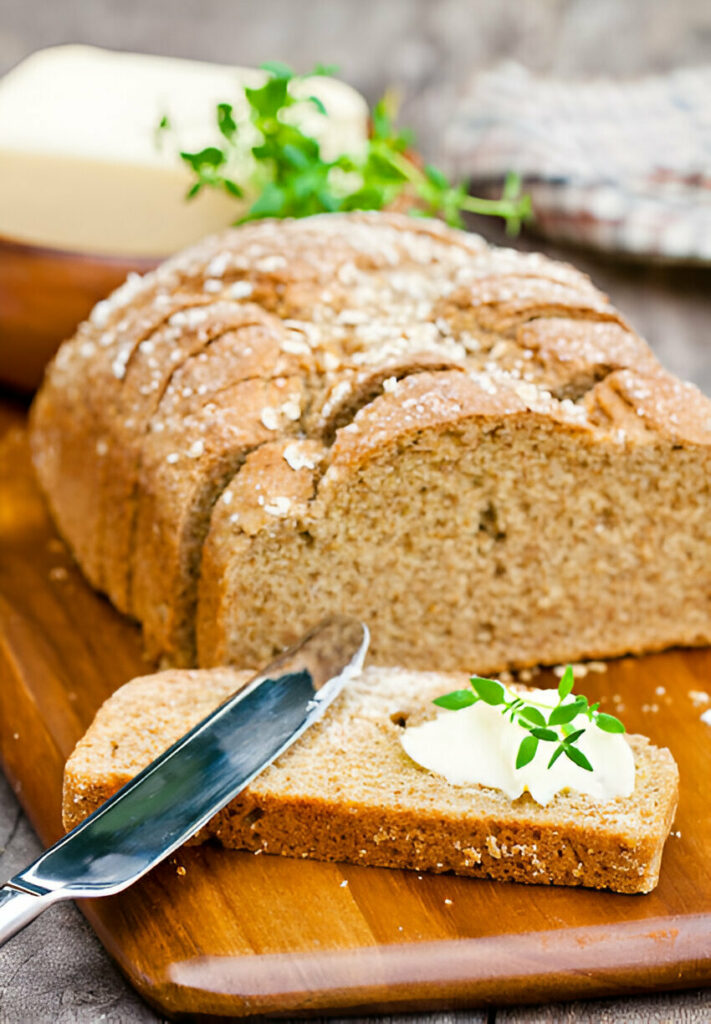
Ingredients
Cooking spray, for greasing
2 cups (230 g) whole wheat flour
2 cups (240 g) all-purpose flour, plus extra for dusting
2 tablespoons granulated sugar
1 teaspoon baking soda
1 teaspoon kosher salt
3 tablespoons unsalted butter, cold and cubed
1 large egg
1 2/3 cups buttermilk
Instructions
Preheat the oven to 425°F. Lightly grease a large cast-iron skillet with cooking spray, or line a large baking sheet with parchment paper for an alternative option.
In a large mixing bowl, whisk together the whole wheat flour, all-purpose flour, sugar, baking soda, and salt until evenly combined. Add in the cubed butter and use your fingertips to rub it into the dry ingredients until the mixture resembles coarse crumbs with pea-sized and slightly larger pieces scattered throughout.
In a separate bowl, whisk the egg with the buttermilk. Create a well in the center of the flour mixture and pour in the wet ingredients. Starting from the center and working outward, stir the mixture with a wooden spoon until the dough becomes too stiff to mix further.
Turn the dough out onto a lightly floured surface. Dust your hands with flour and shape the dough into a rough ball, kneading gently just until all the dry patches disappear—about 30 seconds. Take care not to over-knead to maintain a tender crumb.
Place the shaped dough onto the prepared skillet or baking sheet. Using a sharp knife, score a deep X, about 1/2 inch, into the top of the dough to help it expand while baking.
Bake for 15 minutes, then reduce the oven temperature to 400°F and continue baking for another 30 to 35 minutes, or until the crust is golden and the base sounds hollow when tapped.
Let the bread rest for 5 to 10 minutes, then transfer to a wire rack. Slice and serve warm, at room temperature, or toasted to your liking.
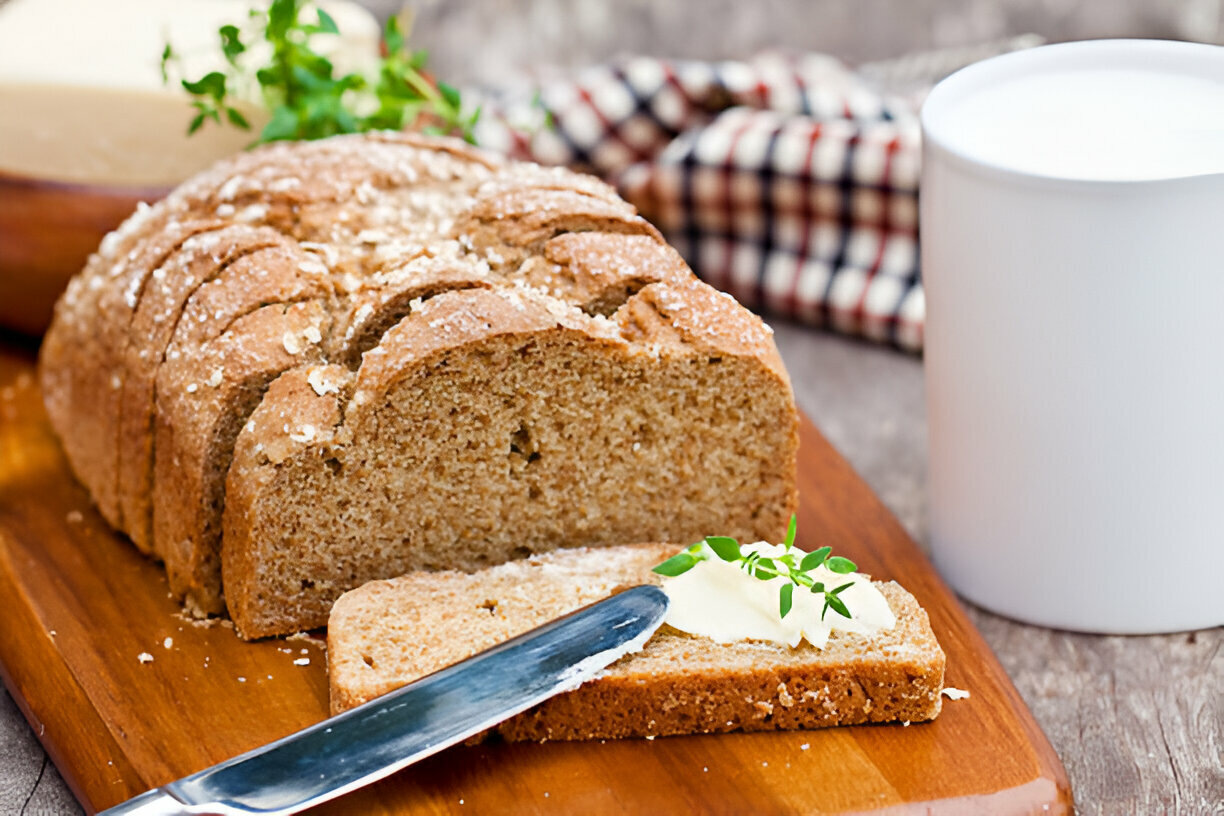
Irish Brown Bread Recipe
Ingredients
- Cooking spray for greasing
- 2 cups 230 g whole wheat flour
- 2 cups 240 g all-purpose flour, plus extra for dusting
- 2 tablespoons granulated sugar
- 1 teaspoon baking soda
- 1 teaspoon kosher salt
- 3 tablespoons unsalted butter cold and cubed
- 1 large egg
- 1 2/3 cups buttermilk
Instructions
- Preheat the oven to 425°F. Lightly grease a large cast-iron skillet with cooking spray, or line a large baking sheet with parchment paper for an alternative option.
- In a large mixing bowl, whisk together the whole wheat flour, all-purpose flour, sugar, baking soda, and salt until evenly combined. Add in the cubed butter and use your fingertips to rub it into the dry ingredients until the mixture resembles coarse crumbs with pea-sized and slightly larger pieces scattered throughout.
- In a separate bowl, whisk the egg with the buttermilk. Create a well in the center of the flour mixture and pour in the wet ingredients. Starting from the center and working outward, stir the mixture with a wooden spoon until the dough becomes too stiff to mix further.
- Turn the dough out onto a lightly floured surface. Dust your hands with flour and shape the dough into a rough ball, kneading gently just until all the dry patches disappear—about 30 seconds. Take care not to over-knead to maintain a tender crumb.
- Place the shaped dough onto the prepared skillet or baking sheet. Using a sharp knife, score a deep X, about 1/2 inch, into the top of the dough to help it expand while baking.
- Bake for 15 minutes, then reduce the oven temperature to 400°F and continue baking for another 30 to 35 minutes, or until the crust is golden and the base sounds hollow when tapped.
- Let the bread rest for 5 to 10 minutes, then transfer to a wire rack. Slice and serve warm, at room temperature, or toasted to your liking.











